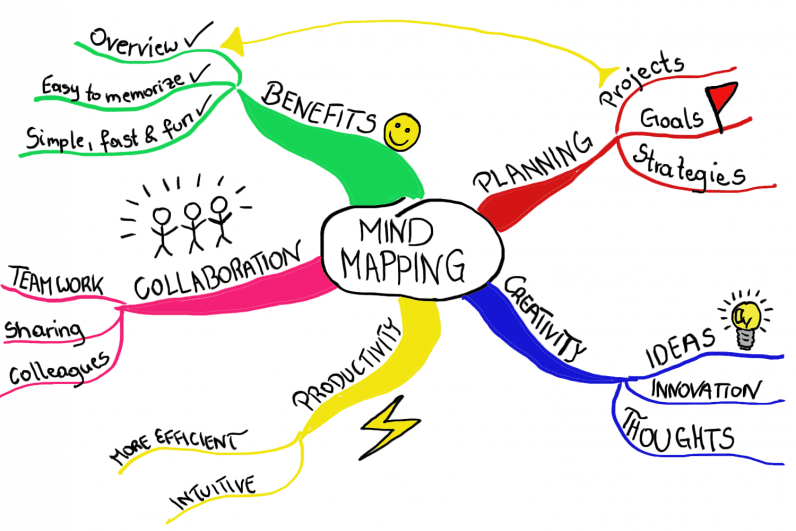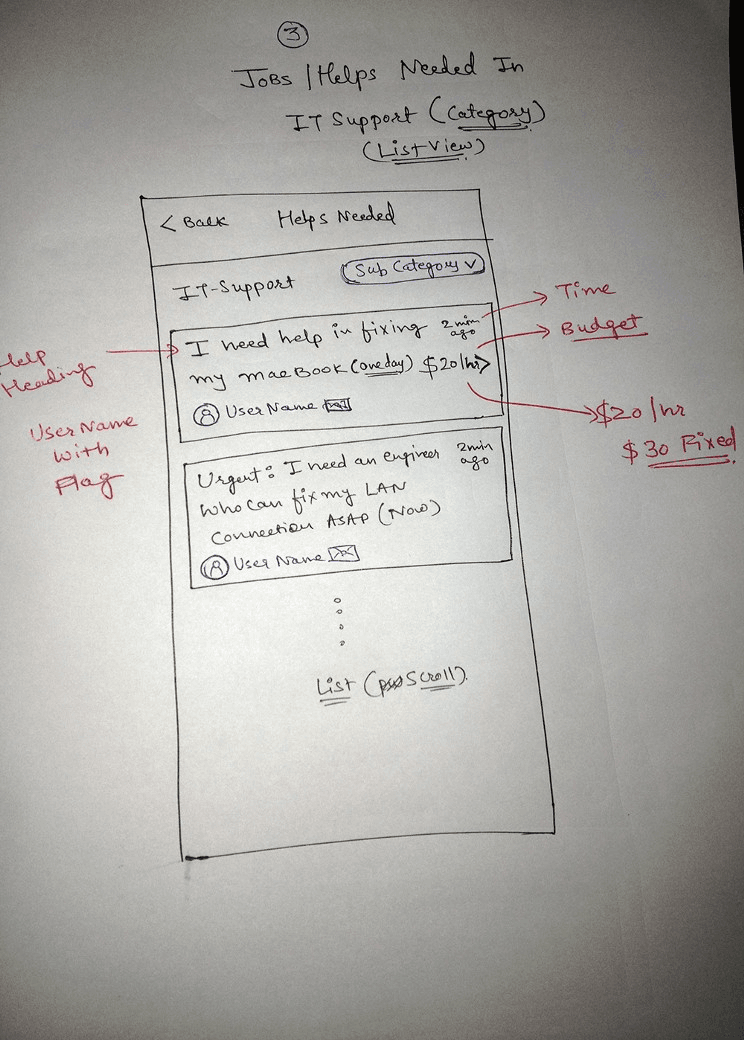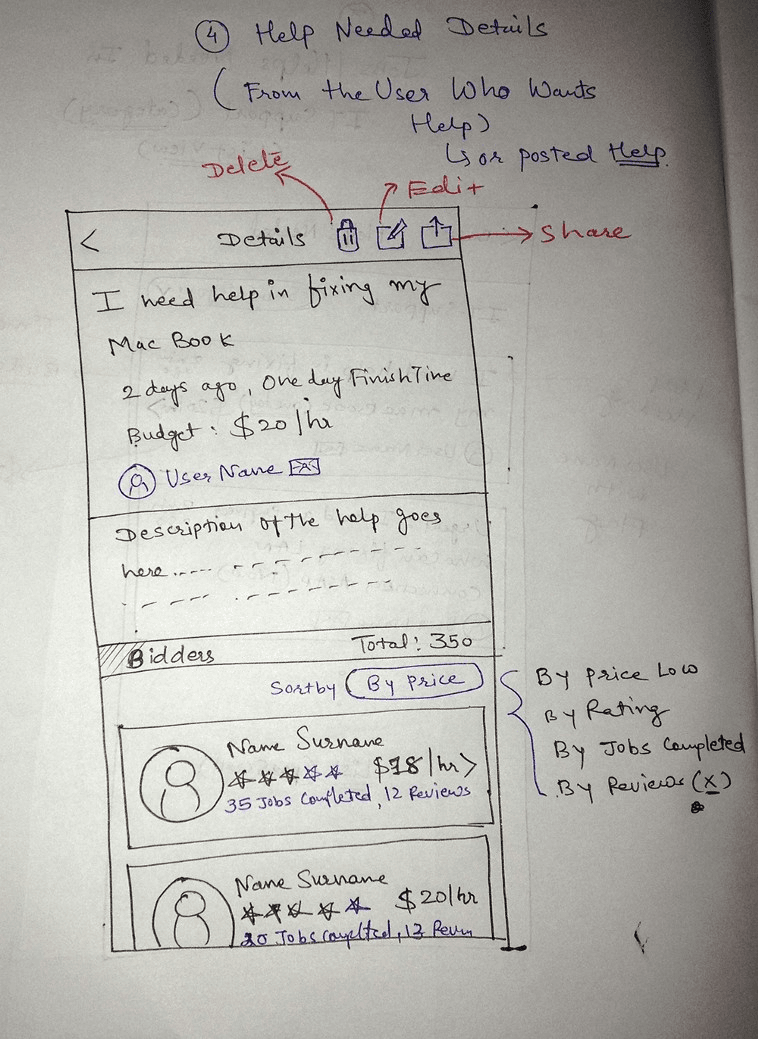More than 90% of startups fail within the first 5 years
I know this might not be the best way to start a blog — but it’s essential to understand that a lot of other factors go into making a successful product, and while some of those factors are in our hands, some are not. Things like location, luck, the timing of the product, etc. all play a role. But for the things that are in your control, you must exploit them to the fullest to increase your chances for success.
It’s important to keep in mind that, as a founder (especially a startup), you can’t just throw money at a problem and expect your business to succeed
While running a product development company, I have come across many founders, and almost all of them fall into two broad categories:
Diligent and Disciplined
These do all of their homework, create an NDA, work on Mind Maps to Mock-ups. These people are also very meticulous about the work they do and usually have more experience in the industry they want to launch their startup.
Dreamy and Idealist
These founders usually come to us with just an idea in mind, most of them not even bothering to pen it down in a document. I believe this severely also limits their ability to talk to more vendors and effectively utilize their time.
Whatever the type, it always feels like a breath of fresh air when I hear founders talk about their ideas/products with such enthusiasm. It’s one thing to talk about your idea — it’s another to think through the details.
Whether you’re a Startup Founder or an Enterprise Manager, I would suggest doing the following steps in mind before you approach an app development agency like ours.
- Develop domain knowledge
- Brainstorm your idea with Friends and Family
- Perform Competitor Analysis
- Create a Mind Map
- Try creating a user journey and mock-ups
- Gather feedback from potential users
- Document Everything
While it might not be possible for every founder to hit all of the stuff mentioned above, it is imperative to hit at least 4–5 to increase your chances of building a successful product.
Let’s dig deeper into each of them and see how it can affect everything: right from time and therefore costs involved, which could ultimately be a deciding factor for your startup.
1. Develop Domain Knowledge
Unless one hasn’t experienced the pains of an end-user oneself, it’s challenging to build an experience that will impress your end customer. It’s like I can’t even have a small ice cream truck if I’ve not eaten ice cream myself. Things like:
- Which flavors to choose?
- What time of the day should I go?
- What would the days of the week be slack? and so on

While you can learn all of these from experience, the same is not valid for product development. Changing features, going from one post to another, will cost you time and money, both of which are always in scarcity.
Sometimes, the task at hand might seem simple, but when you set out to build a successful product, you come across many junctions wherein you wouldn’t know which path to take.
HACK: Get a Co-Founder on board who has the necessary domain knowledge. You can’t hire your way out of this!
2. Brainstorm your Idea with Friends and Family
While founders themselves are usually very fond of their ideas, seldom can they take criticism from others, especially strangers. But when an idea is in its infancy, it’s vital to talk to your near and dear ones so that they can provide the much needed valuable feedback.

Minor tweaks and small ideas often change the course of how entire startups are made or grow.
While in a way, founders need to be eternal optimists about their idea else, no-one else will including their team — at times, it’s important to be pragmatic too.
3. Perform Competitor Analysis
Creating a product or a startup doesn’t mean that you have to come up with an idea that is totally unique which hasn’t been thought of ever. You can always learn from existing players, do better, expand in other geographies or domains and succeed.
Apple wasn’t the first company to come up with a smartphone and we aren’t the first agency as well 😁. While there is a first-mover advantage in some cases, remember that:
Execution is key
So assuming that you do have competitors or there are products which don’t directly compete — learn from their mistakes and improve upon them. To learn more about this, you can head over to — Why Mobile App Development needs Rigorous Competitor Analysis.
4. Create a Mind Map
For the uninitiated, a Mind Map is a visual representation of your thoughts, ideas, and information. While mind maps can be created with tools, you can also create them on paper and iterate from there. I use a tool called XMind, give it a try!

Mind maps allow you to view the information that is scattered in your mind visually. By creating and iterating on the mind map, you become more focused on the flow of the app, the different use cases, and become more clear on the app in general.
Pro Tip: You can create mind maps for lots of different things, too, such as if you’re a teacher, you can use it to design your curriculum, etc.
5. Try creating user journeys and mock-ups
After you’re done brainstorming your idea and building your mind map, it’s now time to bring your idea to life. Whether it’s a mobile or a web app, try visualizing the flow of a user and put it on a piece of paper — This doesn’t need to be perfect but try to be as detailed as possible.
You’re not expected to create the final UI/UX of the application, but just like brainstorming and mind-mapping, this will allow you to get further clarity in how you want your customers to interact with your product. It may look intimidating at first, but it’s a vital and essential step!


Pro Tip: If you are a little more tech-savvy, you can checkout wireframing tools like Balsamiq
6. Gather feedback from potential users
Hold on to your horses! Before you jump the gun, save some more time and effort by taking interviews and feedback on the wireframes you’ve created in the previous step.
You can either find real users scouting on forums like Reddit, Quora, or networking places like LinkedIn, AngelList, or even Facebook. Join groups, network with people, be mindful of their time, and maybe offer something in return — could be monetary like a $20 Amazon voucher for an hour of their time or maybe do something in return, be creative!
7. Document Everything
To ensure that you can reach out to better (and more) agencies, you must collate all of the information in one space. It’s the final step before you proceed to decide which agency could be a perfect fit for you.

This banal step is crucial in getting your thoughts, ideas, and all the days of effort into one document. The document(s) will form the backbone of your app, and while it will keep evolving — it will serve as a reminder of what you set out to build. Maybe you can compare how far the app has come six months or a year after the development starts and see how similar (or different) the product has become from the original vision!
![7 Steps You Need To Ensure a Successful Product [Infographic]](/_next/image?url=https%3A%2F%2Fcdn.sanity.io%2Fimages%2F0mnqm898%2Fproduction%2F4ea92b57b1cc12f2575f1b677693394df08b002c-2400x6000.png&w=3840&q=75)
To embed the above infographic on your blog, add the below snippet.
<p><a href='https://www.solutelabs.com/blog/7-steps-you-need-to-ensure-a-successful-product'><img src='https://cdn.sanity.io/images/ay6gmb6r/production/4ea92b57b1cc12f2575f1b677693394df08b002c-2400x6000.png?w=729&fm=webp&fit=max&auto=format' alt='7 Steps You Need To Ensure a Successful Product' width='200' height='500' border='0' /></a></p>As I mentioned earlier, don’t fret if you don’t get all of these, but even if you hit four out of the above six steps, you should be good to go!
At SoluteLabs, we try to become real partners and help startup owners forge their path as we seek to impact lives daily. Get in touch if you want to know more!







